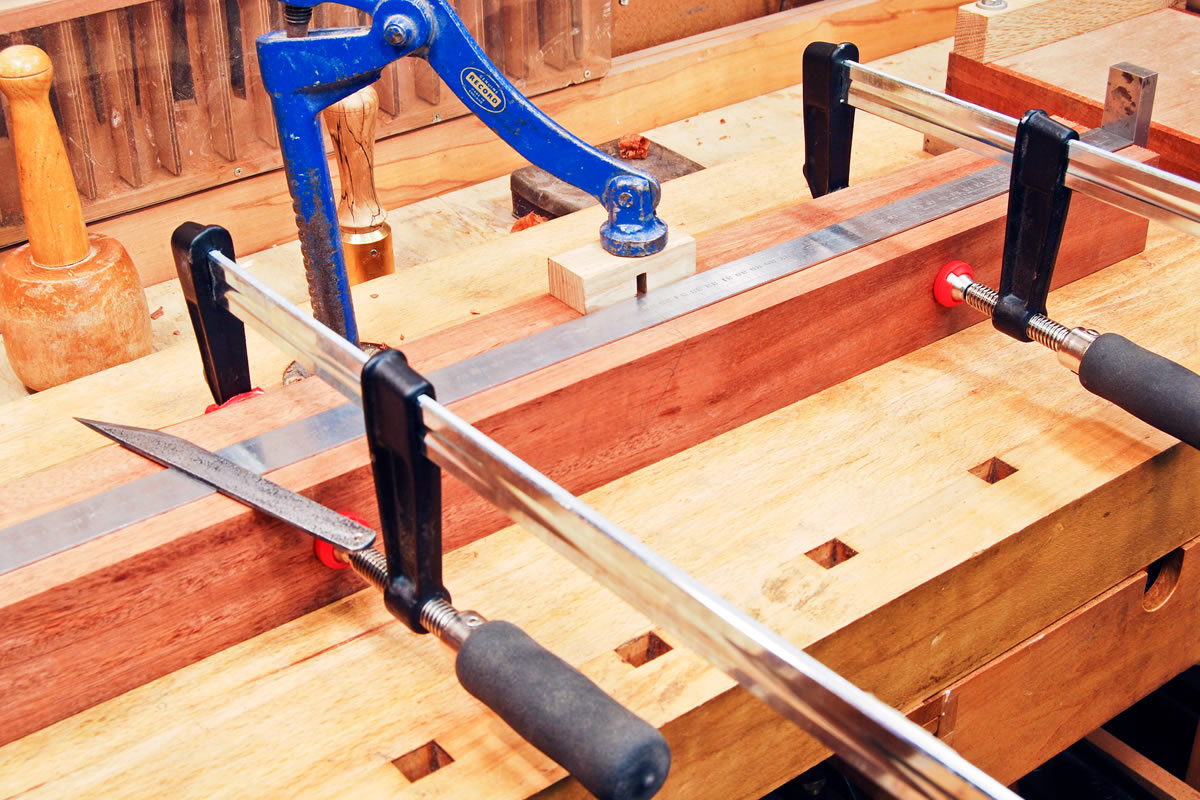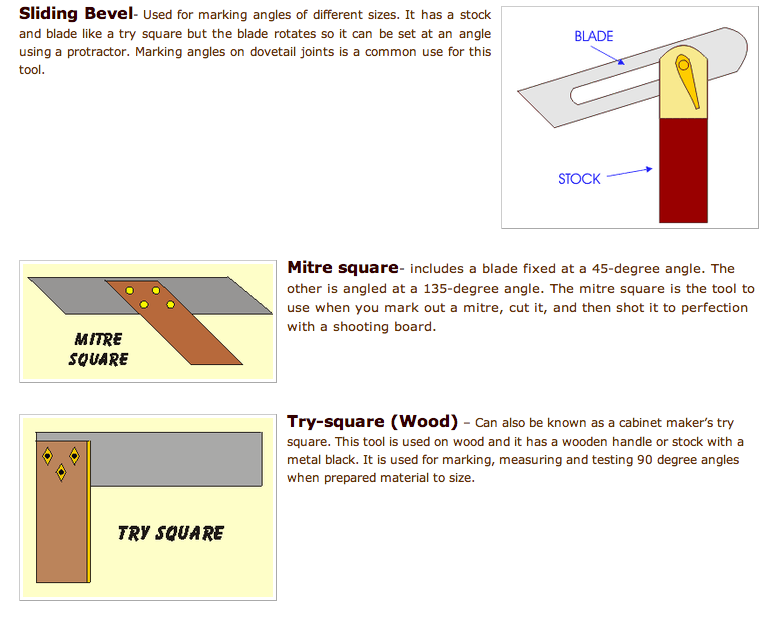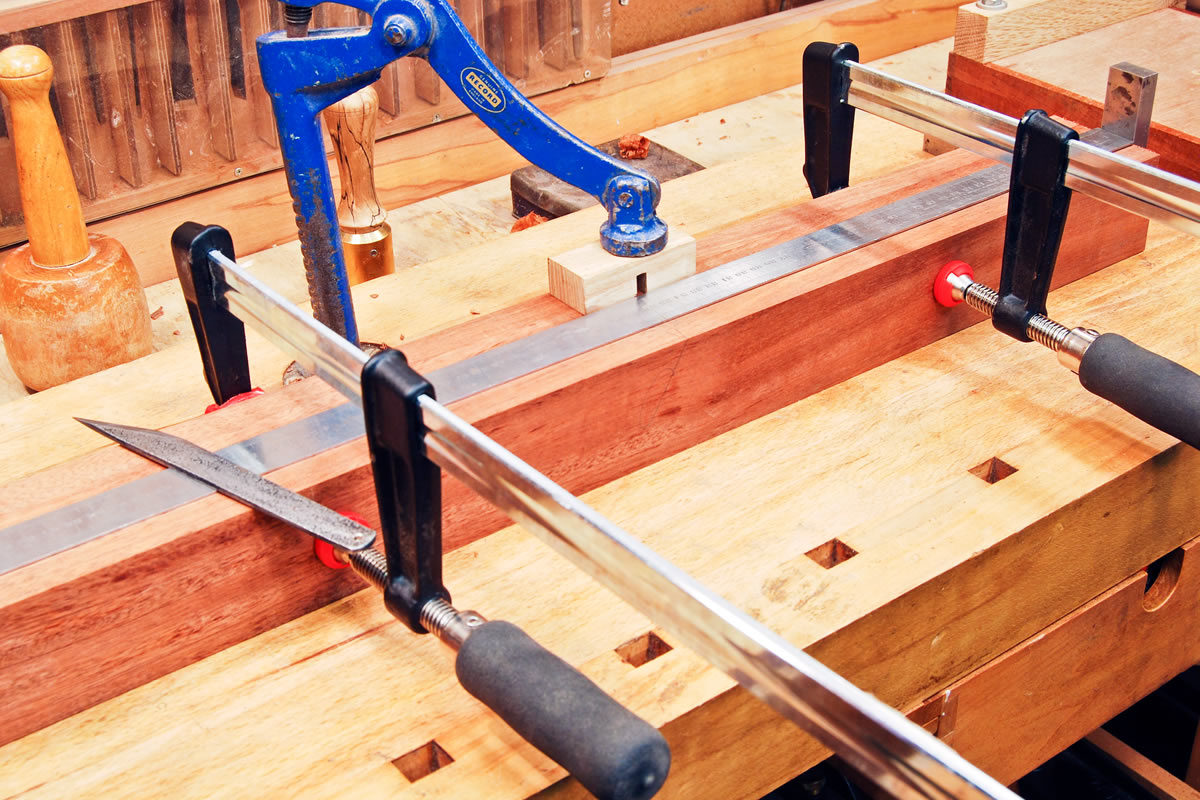Have you ever wondered why marking out is important in woodwork? Well, let me tell you, it’s more than just drawing lines on a piece of wood. In fact, marking out is like a secret language that woodworkers use to communicate with their tools and materials.
When it comes to woodworking, precision is key. And that’s where marking out comes in. By carefully measuring and marking the wood, you ensure that all your cuts and joints are accurate, resulting in a professional-looking finished product.
Think of marking out as a roadmap for your project. It helps you stay organized, ensuring that each piece of wood is cut to the right length and shape. So, the next time you embark on a woodworking adventure, remember the importance of marking out – it’s the foundation of your craftsmanship.
In woodworking, marking out is crucial for accurate and precise results. By marking out the layout of joints, measurements, and other design elements, you ensure that your workpieces fit together seamlessly. This step helps prevent errors, saves time, and ultimately leads to a high-quality finished product. Whether you’re a beginner or an experienced woodworker, marking out is an essential skill that should not be overlooked.

Why is Marking Out Important in Woodwork?
Woodwork is a craft that requires precision and accuracy, and marking out plays a crucial role in achieving the desired results. Marking out involves using measuring tools and techniques to accurately transfer dimensions and layout lines onto the wood surface before cutting or shaping it. In this article, we will explore the importance of marking out in woodwork and how it contributes to the overall success of a woodworking project.
1. Ensuring Accuracy and Precision
Accurate marking out is the foundation for achieving precise cuts and joinery in woodwork. By carefully measuring and marking the wood surface, woodworkers can achieve the desired dimensions and angles. This ensures that all components of a project fit together seamlessly, resulting in a high-quality finished product. Without proper marking out, inconsistencies in measurements can lead to ill-fitting joints, gaps, and uneven surfaces, compromising the overall quality and functionality of the piece.
Additionally, marking out is essential for achieving precise details and intricate designs in woodworking. Whether it’s carving intricate patterns or creating dovetail joints, accurate markings guide the woodworker’s hand, allowing them to execute the desired shape or cut with precision.
2. Waste Reduction and Cost Savings
Proper marking out allows woodworkers to maximize the use of their materials and minimize waste. By accurately measuring and marking the wood, they can optimize the layout of components, ensuring efficient use of materials and minimizing offcuts. This not only reduces the cost of materials but also promotes sustainability by minimizing waste generation.
Moreover, precise marking out helps woodworkers avoid costly mistakes. By carefully planning and marking the layout, they can identify any potential issues or errors before making irreversible cuts. This mitigates the risk of making mistakes that could result in wasted materials, additional expenses, and delays in the project.
3. Enhancing Efficiency and Workflow
Marking out helps to streamline the woodworking process by providing a clear roadmap for the woodworker. By marking the wood surface with layout lines, guidelines, and reference points, woodworkers can work more efficiently, ensuring consistent and accurate results. These marks serve as visual guides, allowing woodworkers to focus on the task at hand and work methodically without the need for constant measurements.
Furthermore, marking out facilitates better communication and collaboration between woodworkers. By clearly marking dimensions and specifications, multiple woodworkers can work on different parts of a project and still achieve cohesion and accuracy in their work. This is especially important in large-scale woodworking projects or when collaborating with others in a workshop setting.
In conclusion, marking out is a fundamental aspect of woodwork that cannot be underestimated. It ensures accuracy, precision, waste reduction, cost savings, and enhanced efficiency in the woodworking process. By investing time and attention in marking out, woodworkers can elevate the quality of their work, achieve better results, and maximize the potential of their materials. So, whether you’re a beginner or an experienced woodworker, never underestimate the importance of marking out in your woodworking endeavors.
Key Takeaways – Why is Marking Out Important in Woodwork?
- Accuracy is crucial in woodwork, and marking out helps ensure precise measurements.
- Marking out helps plan the layout of joints and cuts in wood pieces.
- It helps avoid costly mistakes and prevents wasting materials.
- By marking out, you can indicate where to make drill holes, cut lines, or apply specific woodworking techniques.
- Marking out also assists in maintaining consistency and symmetry in the final woodwork project.
Frequently Asked Questions
In the world of woodworking, marking out is an essential step that helps ensure accuracy and precision in the final product. Here are some common questions about why marking out is important in woodwork:
Why do woodworkers need to mark out their cuts and joints?
Woodworkers need to mark out their cuts and joints because it helps them ensure accurate measurements and proper alignment. By marking out the areas where cuts or joints will be made, woodworkers can have a visual guide to follow, minimizing the risk of mistakes or inconsistencies. Marking out also allows woodworkers to make adjustments or corrections before executing the actual cuts or joinery, saving time and materials in the long run.
Additionally, marking out helps woodworkers achieve a higher level of precision and professionalism in their work. It allows them to plan and visualize the final product, ensuring that all the components fit together seamlessly. Without proper marking out, woodworkers would be relying on guesswork, which could lead to uneven cuts, misaligned joints, and an overall poor-quality finish.
What tools are commonly used for marking out in woodworking?
Woodworkers use various tools for marking out in woodworking, depending on the specific task. Some common tools include:
– Pencils: Pencils are versatile and commonly used for marking out lines and measurements on wood surfaces. They allow for easy erasing and are suitable for most woodworking projects.
– Marking knife: A marking knife is a sharp tool used to score lines in the wood fibers, creating a precise and visible guide. It is especially useful for marking out joinery, such as mortises and tenons.
– Marking gauge: A marking gauge is a handheld tool used to mark parallel lines or specific measurements along the wood grain. It helps ensure consistency in dimensions and allows for accurate joinery.
– Combination square: A combination square is a versatile tool that can be used for marking out right angles, measuring, and scribing lines on wood. It consists of a ruler and a movable head, making it suitable for various marking tasks.
These are just a few examples, but there are many other specialized marking tools available, each serving a specific purpose in woodworking.
How does marking out contribute to the overall efficiency of the woodworking process?
Marking out plays a crucial role in enhancing the overall efficiency of the woodworking process. By taking the time to mark out cuts and joints accurately, woodworkers can avoid costly mistakes and rework. The act of marking out allows woodworkers to plan and visualize the entire project, ensuring that all the components fit together seamlessly.
Efficient marking out also enables woodworkers to work systematically and confidently through each step of the project. It provides a clear roadmap, reducing the time spent on trial and error and minimizing the need for constant measurements. Additionally, marking out saves time in the execution of cuts and joinery, as woodworkers can follow the marked lines with precision, eliminating the need for guesswork.
In essence, marking out streamlines the woodworking process, allowing woodworkers to work more efficiently and achieve higher-quality results in less time.
Can marking out be done solely by using measurements without any visual guides?
While measurements are an important part of marking out, relying solely on numbers without any visual guides can be challenging and risky in woodworking. Visual guides, such as marked lines or scored marks, provide a tangible and direct reference that helps woodworkers achieve accuracy and precision.
The human eye is more adept at following visual cues, making it easier to align cuts and joints when there is a visible guide. Measurements alone can lead to errors caused by misinterpreting or misreading the numbers, especially when dealing with complex or intricate designs.
By combining measurements with visual guides, woodworkers have a comprehensive system that maximizes accuracy. Measurements provide the initial reference points, and visual guides ensure that the actual cuts and joinery are aligned correctly. This dual approach minimizes errors and promotes consistent, high-quality woodworking.
What are the consequences of not marking out properly in woodworking?
Not marking out properly in woodworking can have several consequences, including:
– Inaccurate cuts and joints: Without proper marking out, woodworkers risk making inaccurate cuts and joints, resulting in ill-fitting or misaligned components. This compromises the overall quality and aesthetics of the final product.
– Wasted materials: Mistakes due to improper marking out can lead to wasted materials. If a piece of wood is cut too short or an incorrect joint is made, it may be unusable, requiring additional materials and increasing project costs.
– Lengthy rework: Incorrect marking out may lead to extensive rework, as woodworkers have to rectify mistakes and make adjustments. This prolongs the woodworking process and delays the completion of the project.
– Compromised structural integrity: Inaccurate marking out can result in weakened joints or compromised structural integrity. This can affect the durability and stability of the final product, posing safety risks.
Overall, proper marking out is essential to ensure the quality, precision, and efficiency of woodworking projects.

Summary
So remember, marking out is super important in woodwork! When you mark out, you make sure everything is planned and measured correctly before you start cutting or shaping the wood. This helps you avoid mistakes and ensures that your project turns out the way you want it to. Marking out helps you stay organized and saves you time in the long run. Plus, it’s a key skill that every woodworker needs to learn and practice. So grab your pencil and ruler, and start marking out like a pro!
